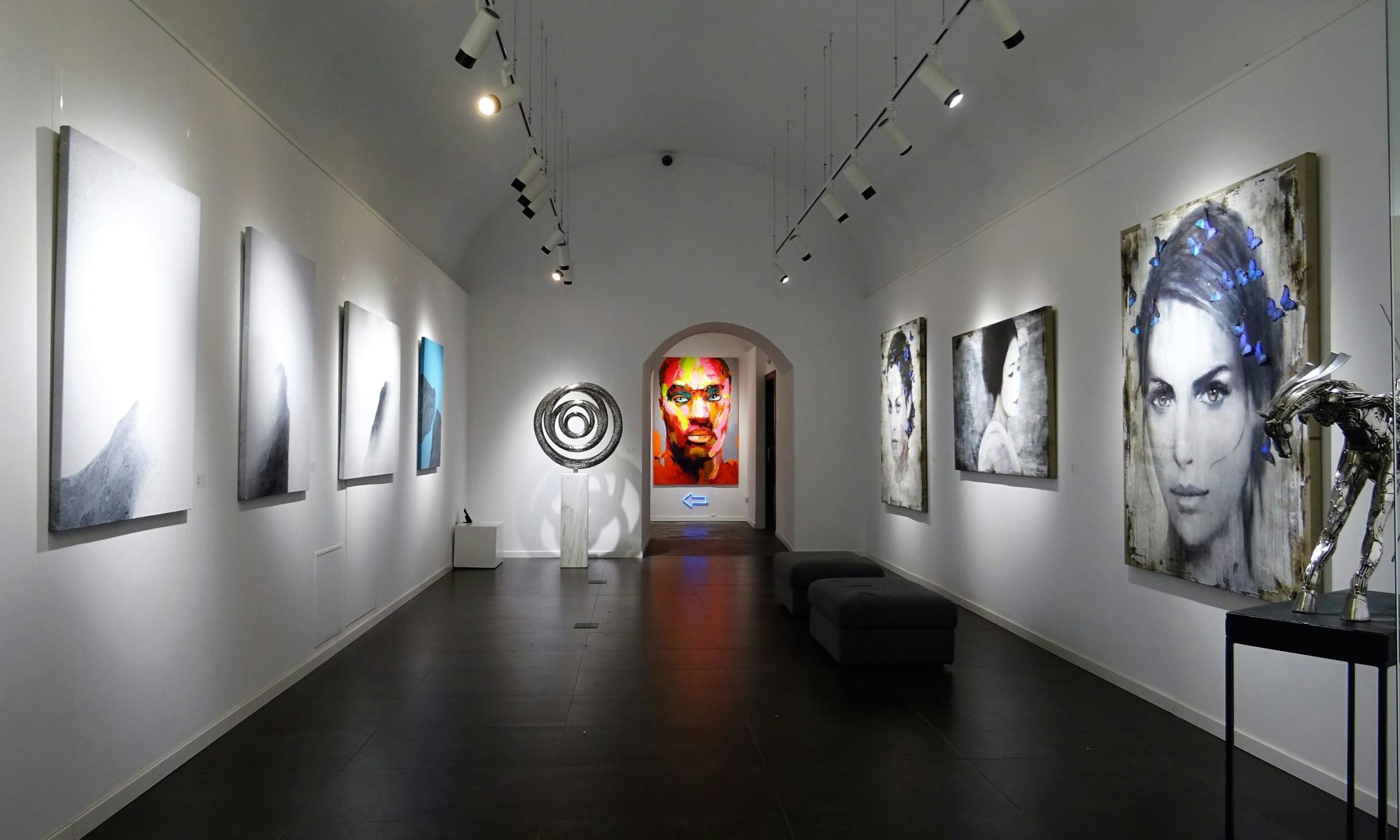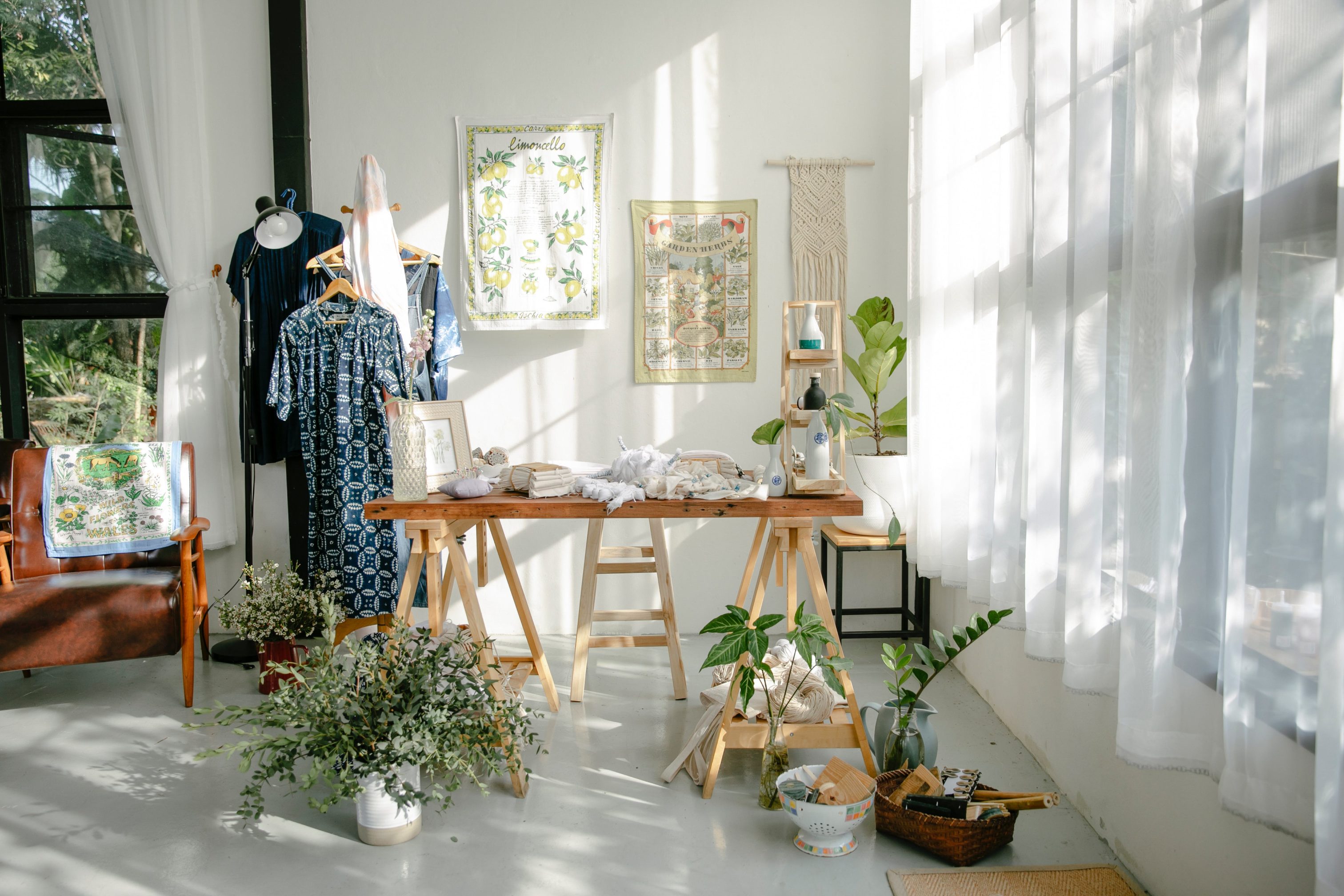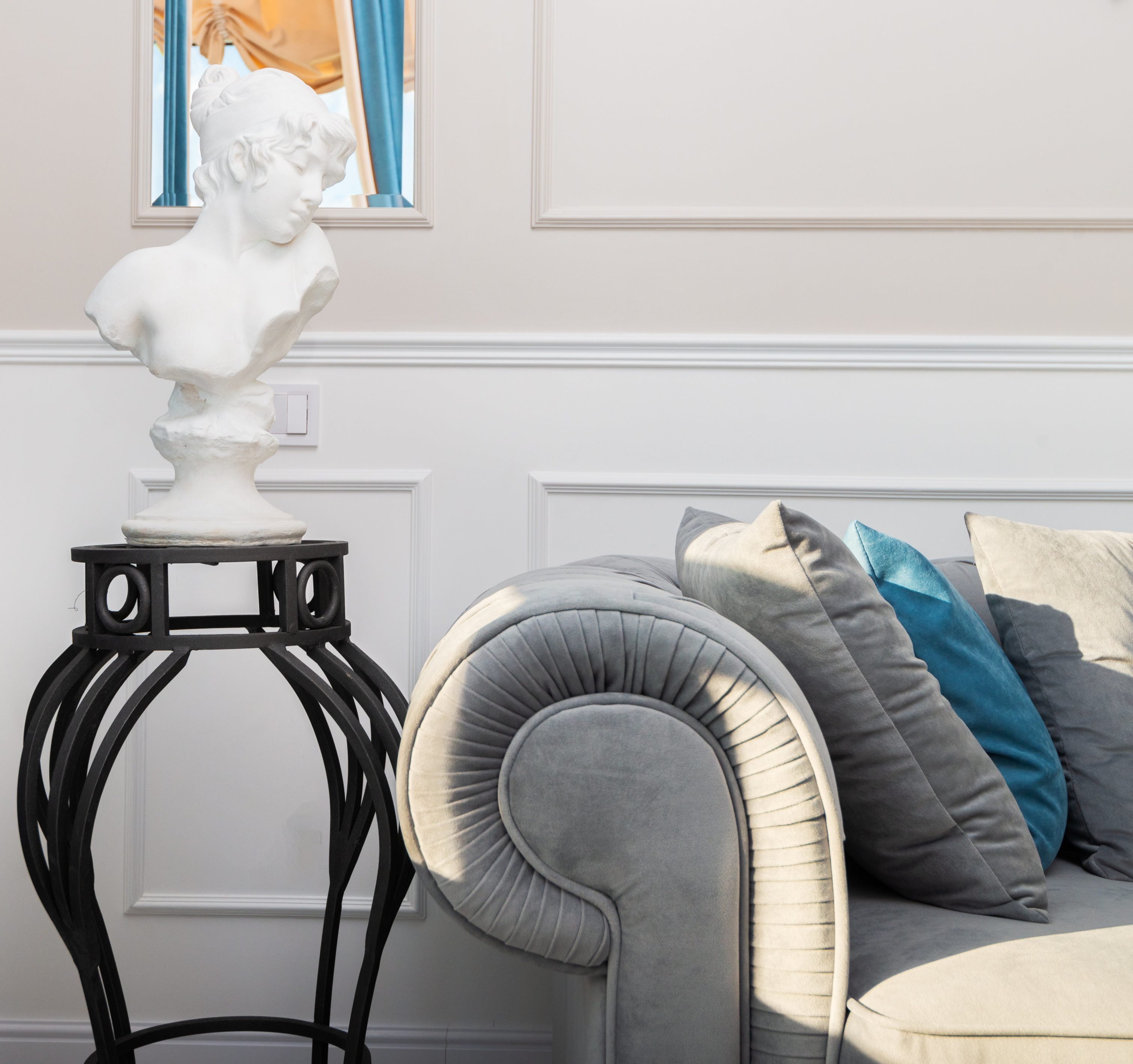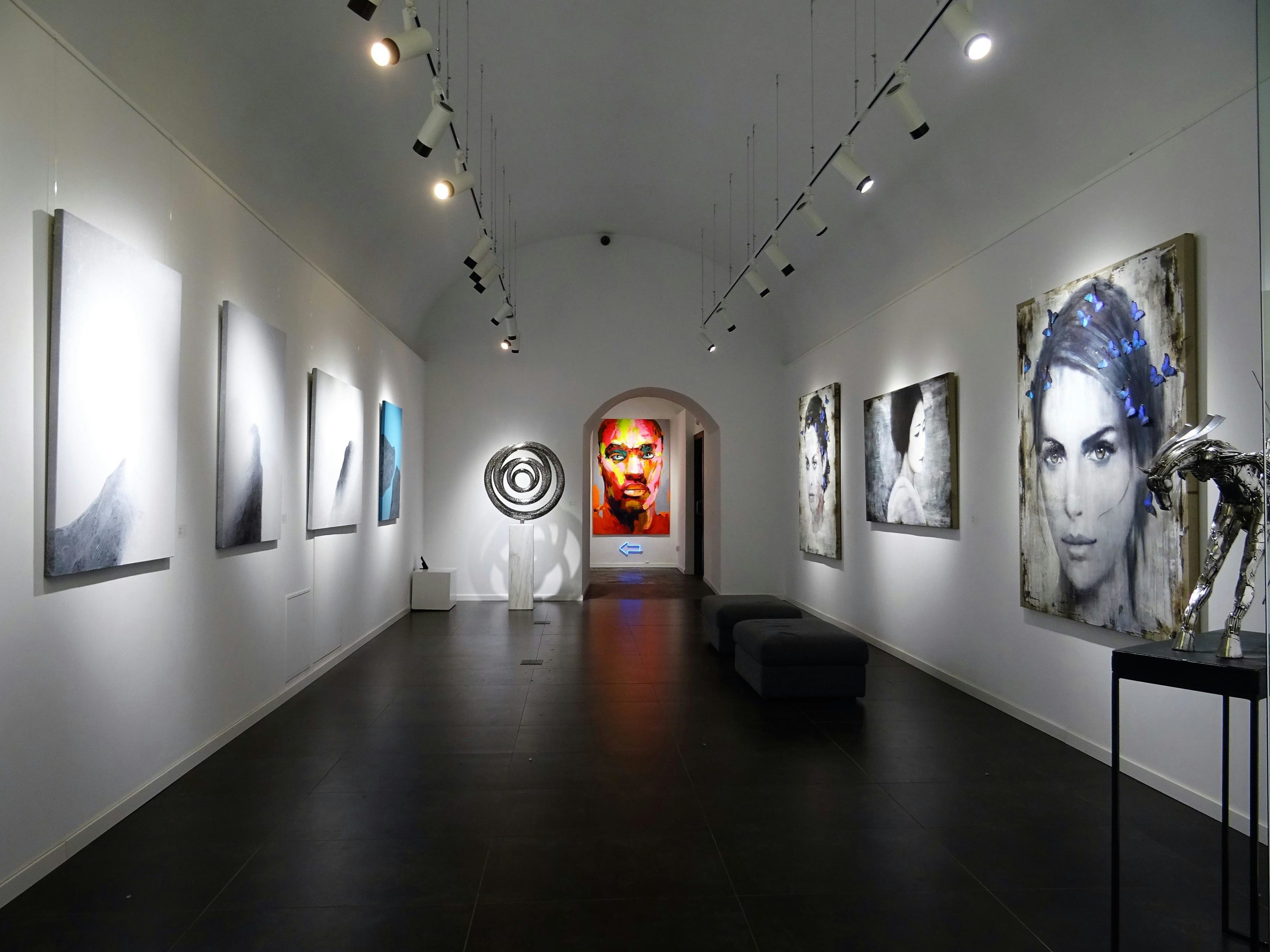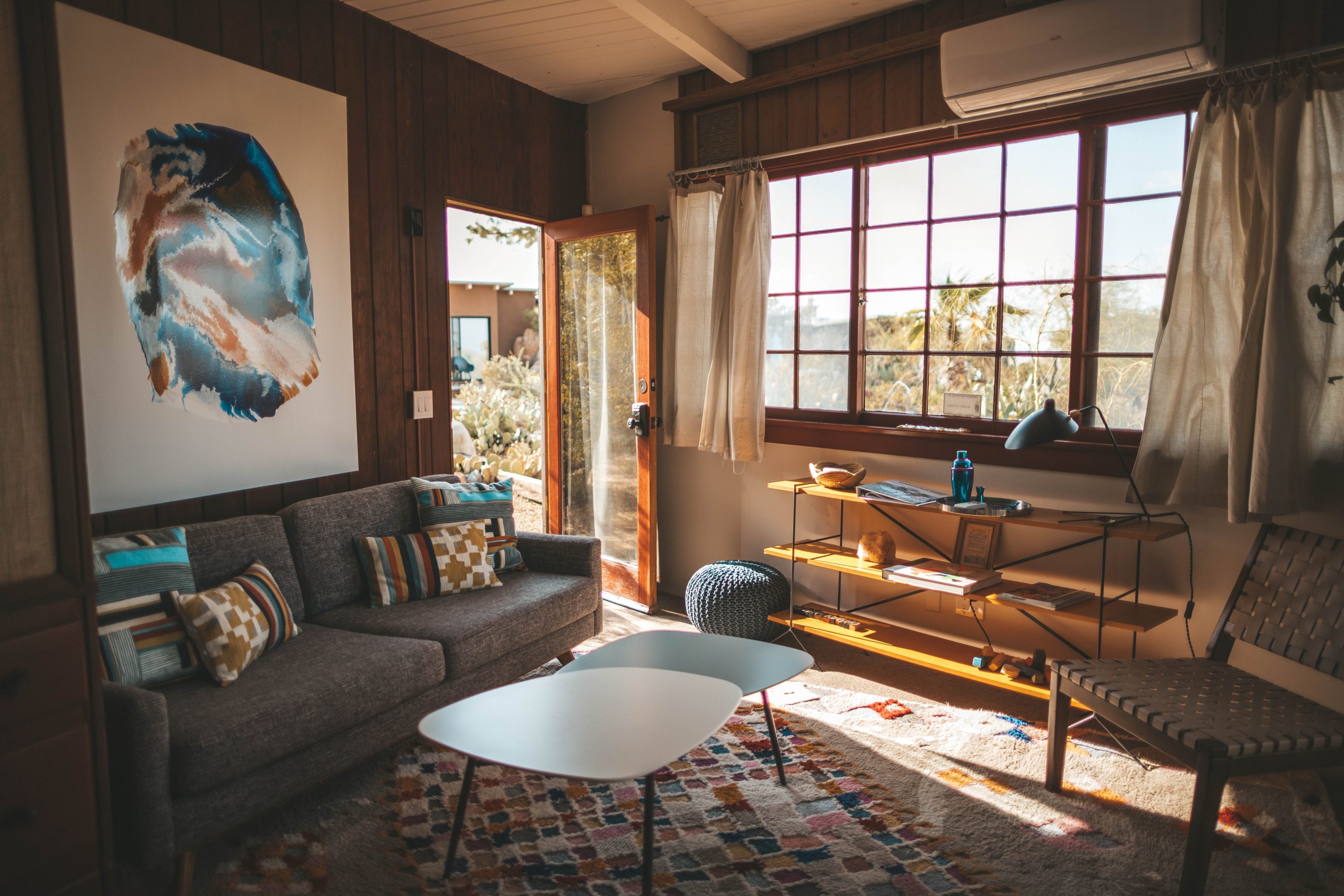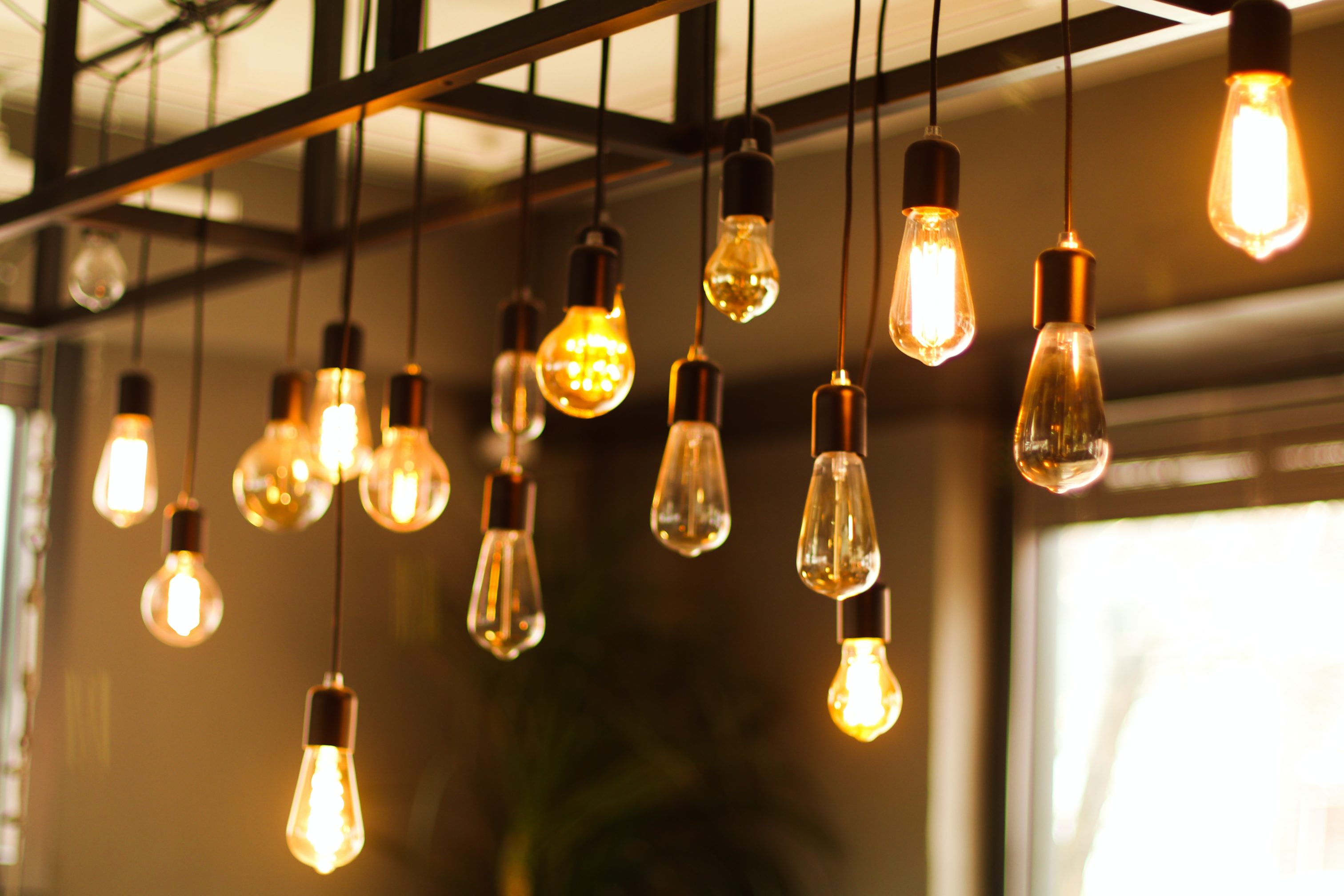Illuminating Art: Ensuring the Perfect Lighting for Your Paintings
The art world is where expressions take shape, as colours, shapes, and emotions come together to form captivating creations. Whether you’re an experienced art collector or just starting your journey, the importance of proper lighting to complement and enhance the presence of paintings on display cannot be overstated. In this article, we’ll explore the intricacies of art illumination and discuss the techniques and considerations that will help you make your paintings shine, both literally and figuratively. We help you understand how you can ensure the perfect Lighting for your Paintings
Understanding the Impact of Lighting
Before delving into the specifics of lighting for your paintings, it’s essential to understand the profound impact that lighting has on the viewer’s perception of a painting. The way light interacts with a painting can significantly alter its appearance, from colour vibrancy to texture and depth.
The Type of Artwork Matters
Different types of artwork require different lighting approaches. For instance, oil paintings may need more intense illumination to bring out their rich, vibrant colours, while watercolours might require gentler lighting to prevent fading or distortion. Sculptures and 3D art pieces may demand a different approach altogether. The key is to know your art and adjust your lighting accordingly.
Natural vs. Artificial Lighting
One of the fundamental decisions you’ll need to make is whether to rely on natural or artificial lighting. Natural light can provide a beautiful, soft illumination that can be particularly effective for certain types of paintings. However, it comes with the unpredictability of changing sunlight throughout the day. Artificial lighting, on the other hand, allows for greater control and consistency. Many art galleries and museums opt for a combination of both to achieve the best results.
Choosing the Right Light Source
When using artificial lighting, the choice of the light source is crucial. Incandescent, fluorescent, and LED lights are commonly used for art illumination. Each has its own characteristics:
- Incandescent : Known for their warm, natural light, incandescent bulbs are often used for showcasing art. They are ideal for emphasising the warm tones used in many paintings.
- Fluorescent : These lights are energy-efficient but can sometimes cast a bluish or greenish hue. They work well for highlighting cooler tones.
- LED : LED lights have gained popularity due to their energy efficiency, longevity, and the ability to control colour temperature. They can be adjusted to provide either warm or cool lighting, making them versatile.
Colour Temperature
The colour temperature of a light source is measured in Kelvin (K). Lower Kelvin values, such as 2700K, produce warm, yellowish light, while higher values, like 5000K, emit cooler, bluish light. The choice of colour temperature should align with the artwork’s colour palette. Warmer temperatures enhance warm-toned paintings, while cooler temperatures work better for cooler-toned pieces.
Lighting Fixtures
The type of lighting fixture you choose plays a significant role in how your paintings are illuminated. Track lighting, wall-mounted fixtures, and picture lights are common choices. Track lighting allows for adjustability and flexibility in directing light, while wall-mounted fixtures provide a clean and discreet lighting source. Picture lights are specifically designed for illuminating artwork and can be attached directly above the painting.
Eliminating Glare
One of the primary challenges in lighting for your paintings is eliminating glare. Glare can hinder the viewer’s ability to appreciate the painting fully and is often caused by light bouncing off the artwork’s surface. To reduce glare:
- Use anti-reflective glass or acrylic : If you’re framing your paintings, consider using anti-reflective glass or acrylic. These materials significantly reduce glare and reflections.
- Adjust the angle of lighting : Experiment with the angle of your lighting for your paintings fixtures to minimise direct light hitting the artwork’s surface.
- Create a buffer zone : Position the light fixtures in a way that there’s a buffer zone between the light source and the painting to help disperse light more evenly.
Consistency and Balance
For rooms displaying multiple paintings, achieving a consistent and balanced lighting for your paintings is essential. Ensure that all the artworks in the room are equally illuminated and that the lighting doesn’t create an uneven distribution of brightness. Consider using dimmers to fine-tune the lighting and create the desired ambience.
Regular Maintenance
Maintaining your lighting setup is just as important as its initial installation. Regularly check and clean your fixtures and bulbs to ensure they are working correctly and not collecting dust or dirt. Changing bulbs in a timely manner prevents colour shifting and uneven lighting.
Conclusion
Lighting for your paintings plays a pivotal role in how we perceive and interact with art. By understanding the impact of lighting on different types of artworks, choosing the right light source and colour temperature, and effectively eliminating glare, you can ensure that the lighting in a room complements and enhances the presence of the paintings on display. Whether you’re curating your art collection at home or overseeing a gallery or museum, the right lighting will make your artwork shine, unveiling its full beauty for all to see and appreciate.
